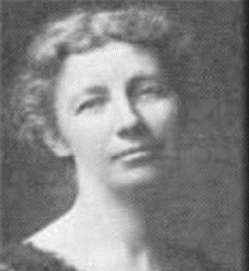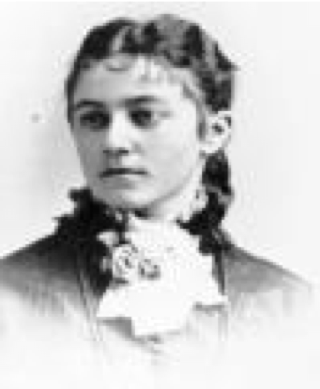The university opened with very few students, just 40 young men enrolled, and the future supply was uncertain because the state had very few high schools or academies that prepared students for college-level work. Young women comprised a large majority of the secondary school graduates, and with so few eligible prospects, the Regents had probably come to realize that they could not afford to exclude them. In the early decades, when the benefits of a baccalaureate degree were not apparent, the university needed to attract as many qualified students as possible, and it was much cheaper to build one co-educational university than to build two single-sex colleges.
The new state also needed educated women especially for the staffing of its schools. Its first constitution (1849) stressed that a university was the key to the development of a public school system, and the two were equally urgent necessities. The university was expected to take the lead in encouraging the spread of high school education and in making the completion of four-years of secondary school more common. After the Civil War, that enterprise came to rely heavily on a female workforce. UC and the high schools were thus symbiotically related: just as the university needed the high schools to produce its future student body, the schools needed the university to provide its teachers. And much of the future economic development of the state depended on both. The admission of women was thus not incidental but vital to the success of public education in California (Clifford, 1995, 92-103).
Many alumnae of UC’s first decades might be used to illustrate the interdepence between the university’s growth and that of the high schools. One of the best known was Anna Head, class 1879, who travelled widely and studied European school systems before returning to Berkeley and founding the Anna Head School for girls (Ladies, 20).
Anna Head

Another early graduate, Fannie McLean, class of 1885, served as one of two teachers at Berkeley High School, and while she taught all of the classes, the male principal gave himself only the duty of listening to recitations by advanced students. Overworked and underappreciated, she left teaching temporarily but returned in the 1890s as a progressive educational reformer. (Clifford, 1998, 88).
Fannie McLean

Coeducation also accorded with certain stipulations of the federal Morrill Act (1862), the law under which the university was founded, which encourgated a combination of liberal and practical education. In the 1870s, many Californians would have preferred that the state university focus on training young men in mining, engineering, and agricultural colleges, which would have discouraged women’s attendance. Most Regents, though, favored the inclusion of a liberal arts college that taught the usual academic subjects covered in the Eastern colleges, and their insistence on a balance of academic and practical training made the curriculum more gender-neutral.
Barely a generation after statehood, Californians were also trying to attract Americans from the East by emphasizing that theirs was no longer a rowdy frontier society. They wanted the state to be seen as a new center of metropolitan learning and culture. A university that formed educated, accomplished women could help foster the new image.
Furthermore, the admission of women signaled the kind of university UC intended to be. The federal Morrill Act specified that it must be secular, politically independent, and public. The land-grant universities differed in these regards from the older private and usually religiously aligned colleges of the East. Coeducation was also a mark of the western model. According to one historian, “in 1872 there were ninety-seven major coeducational colleges and universities in the United States” of which “sixty-seven were in the West” (Rudolf, 322). The 1870 Regents’ Resolution was thus part of a larger Western American trend among post-bellum public universities.
Millicent Shinn

Some early alumnae were eager to help change the nation’s clichéd ideas about the state. For example, after graduating in 1880, Millicent Shinn began editing The Overland Monthly (a San Francisco magazine) and made efforts to wean it from the popular but imitative and stereotypical tales of the 49ers.
“Young people who had never seen a miner or the mountains thought that it was impossible for them to be acceptable authors unless they wrote of the first woman in camp, the red-shirted miner, the gambler, and the sheriff,—dialect and all,” she complained (Shinn, 1898, 67).
Shinn set out to publish a new generation of California writers who could tell the country about their varied and cosmopolitan social world. Among the young writers she managed to recruit, “who were describing with great freshness and promise the San Francisco of their own knowledge,” Shinn included several women.
